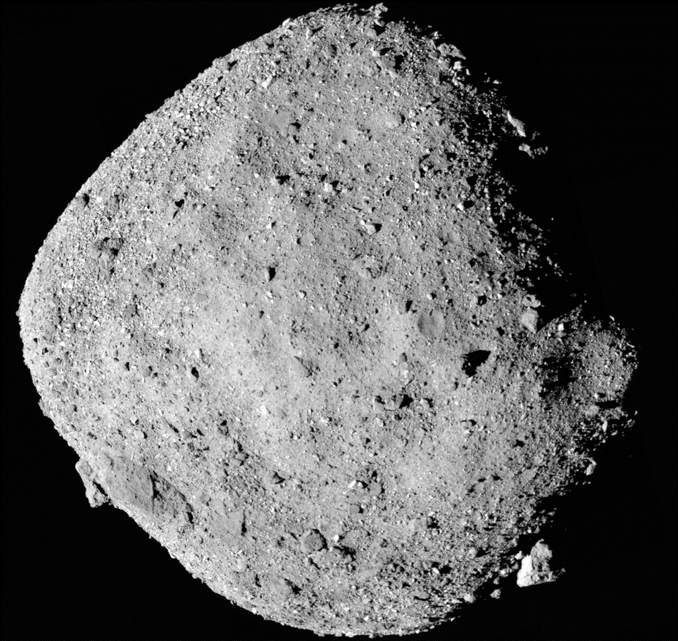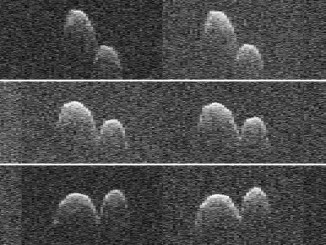
In science fiction movies like “Deep Impact,” nuclear bombs are used in a last-ditch effort to deflect or break up a threatening asteroid on a collision course with Earth. In the movies, of course,
But as it turns out, it may, in fact, be possible to carry out a last-minute “small-body disruption” that would reduce the impacting mass by a factor of 1,000 or more for smaller asteroids, meaning 99.9 percent of the mass would miss Earth. The dispersal would not be as effective for larger bodies, but still could minimise the debris hitting Earth if the disruption was carried out at least six months ahead of the expected impact.
That’s the conclusion of a new study assessing how different asteroid orbits and fragment velocity distributions affect the long-term fate of post-disruption debris. The researchers modelled the trajectories of fragments produced by a 1-megaton nuclear explosion a few metres from the surface of a 100-metre-wide (330-foot-wide) asteroid just two months before its predicted impact.
“One of the challenges in assessing disruption is that you need to model all of the fragment orbits, which is generally far more complicated than modelling a simple deflection,” said Patrick King, a researcher at Johns Hopkins University’s Applied Physics Laboratory who worked on the research as part of his Ph.D. thesis while at the Lawrence Livermore National Laboratory. “Nevertheless, we need to try to tackle these challenges if we want to assess disruption as a possible strategy.”
A more preferable approach is to deflect a threatening asteroid by nudging it off course with a nuclear device or a kinetic impactor of some sort. But that approach is more effective the farther the asteroid is from Earth, at distances where a relatively small change to the body’s trajectory can ensure it misses Earth.
But for threats discovered closer in, when an impact my be just a few months away, nuclear disruption may be the best defence.
“We focused on studying ‘late’ disruptions, meaning that the impacting body is broken apart shortly before it impacts,” King said. “When you have plenty of time, typically decade-long timescales, it is generally preferred that kinetic impactors are used to deflect the impacting body.”
Michael Owen, co-author of a paper in Acta Astronautica, wrote the software used in the study to model the physics of a threatening asteroid’s break up and to follow the evolution of the debris cloud. The analysis took into account fragment interactions and the gravitational influence of the Sun and planets. This video, posted by the Lawrence Livermore National Laboratory, provides a visualisation:
“If we spotted a hazardous object destined to strike the Earth too late to safely divert it, our best remaining option would be to break it up so thoroughly the resulting fragments would largely miss the Earth,” Owen said.
But it’s complicated, he added.
“If you break up an asteroid into pieces, the resulting cloud of fragments will each pursue their own path around the sun, interacting with each other and the planets gravitationally. That cloud will tend to stretch out into a curved stream of fragments around the original path the asteroid was on. How quickly those pieces spread out, combined with how long until the cloud crosses Earth’s path, tells us how many will strike the Earth.”



